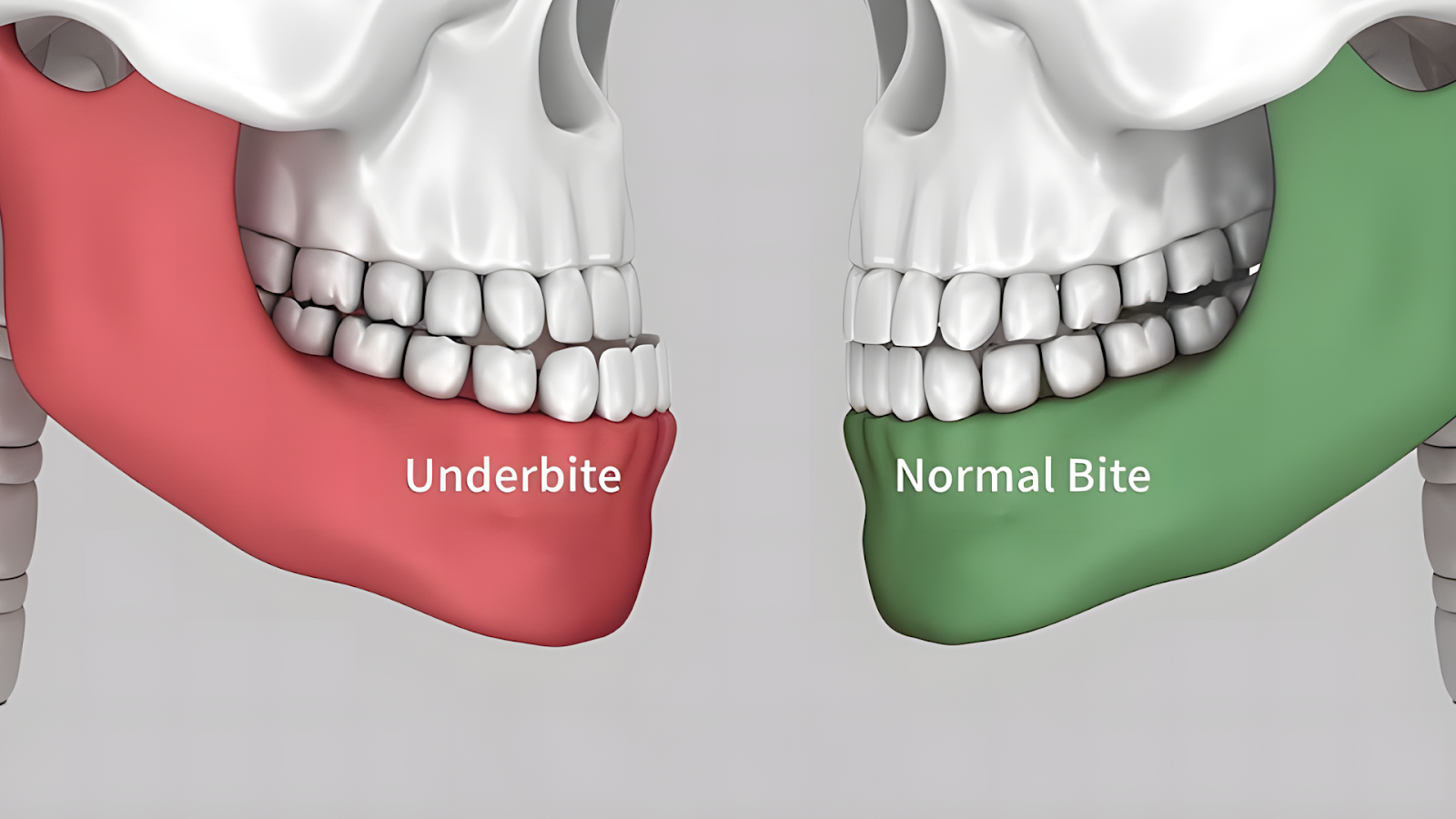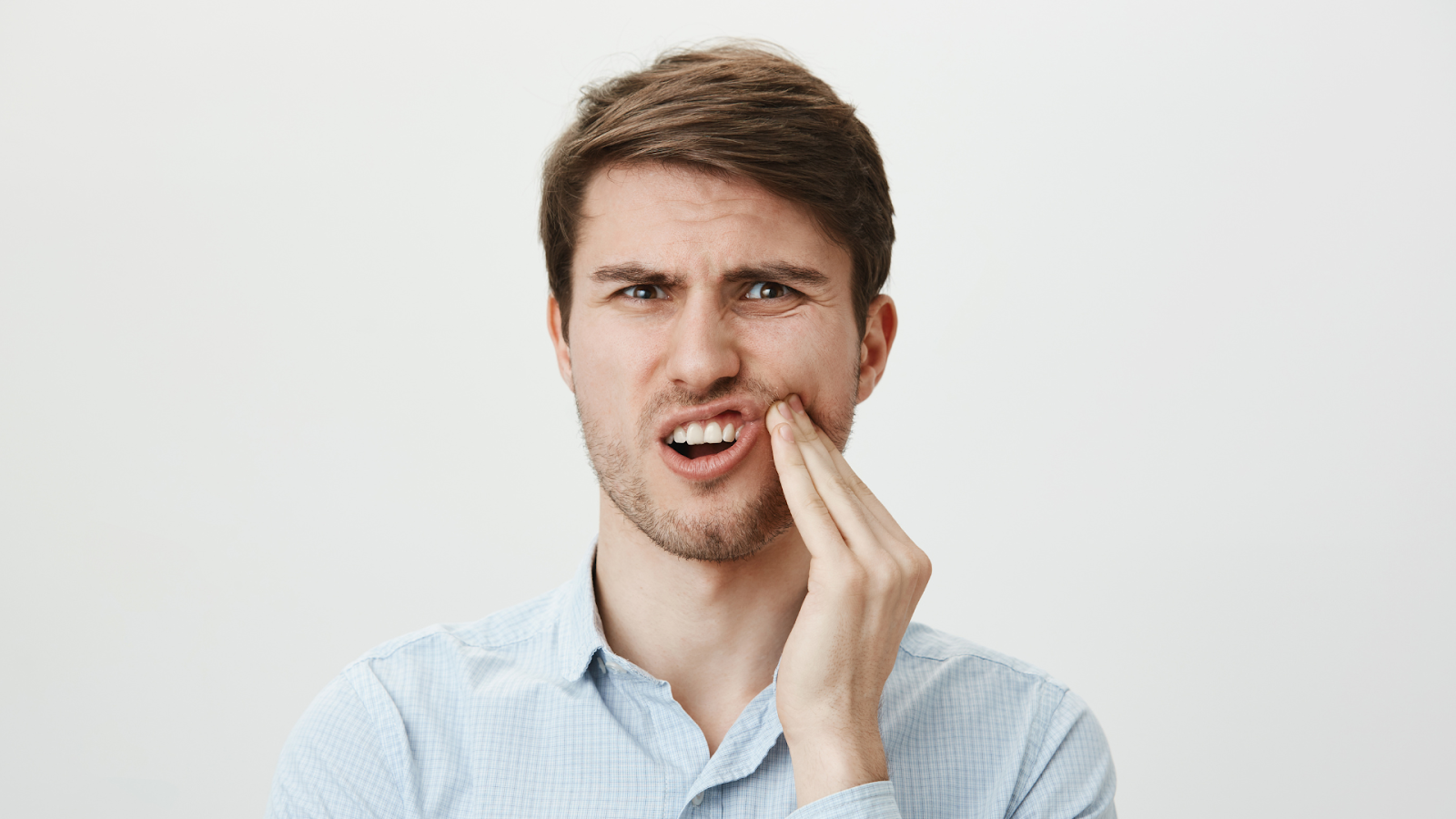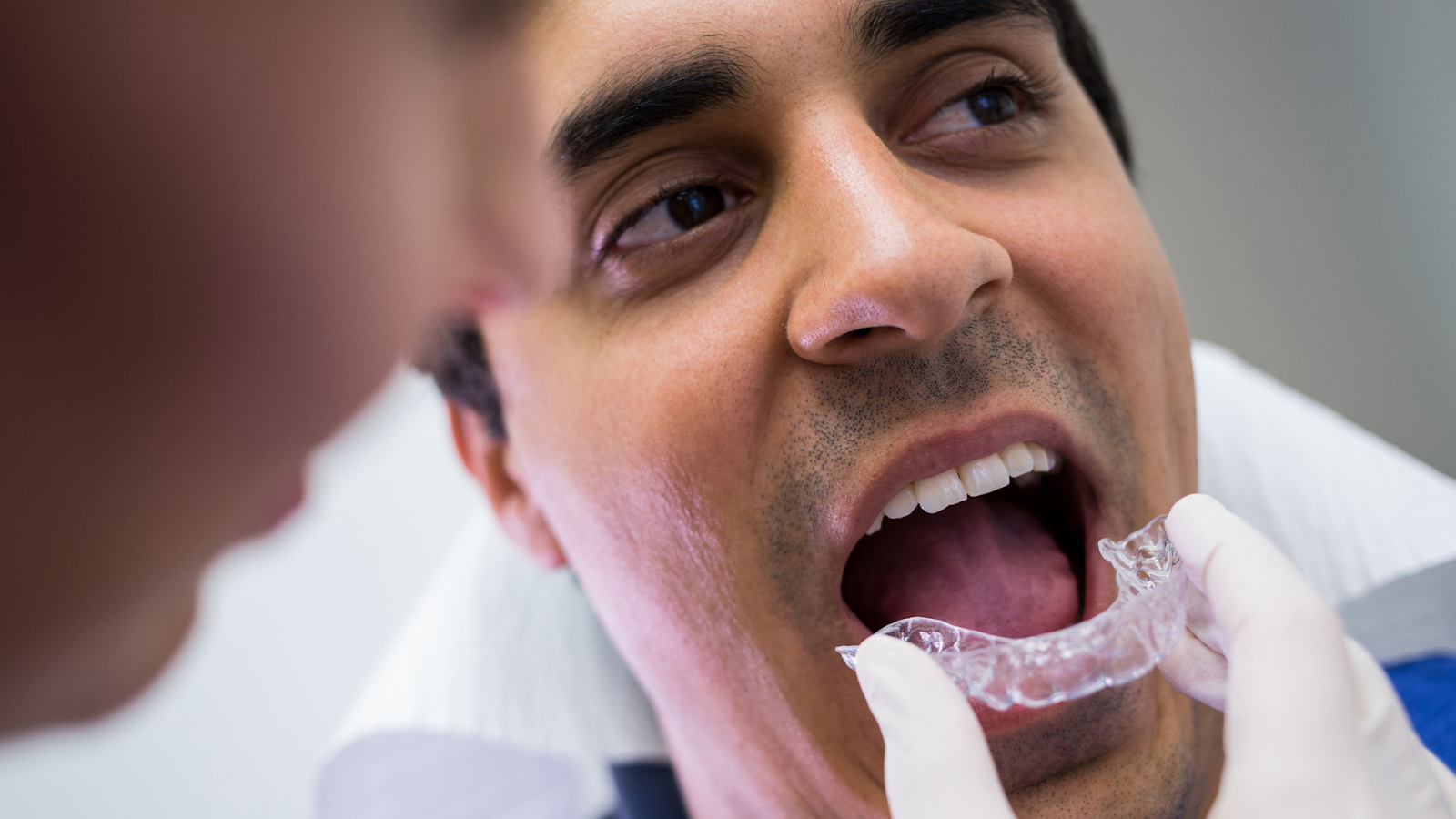
What Is an Underbite? Key Facts About This Common Jaw Misalignment
Ever noticed someone whose lower teeth stick out more than their upper teeth when they smile? That's an underbite, a common jaw misalignment. Underbites aren’t just a cosmetic concern; they can also lead to discomfort, difficulty in speaking, and issues with chewing.
Interestingly, studies reveal that around 5-10% of people worldwide have an underbite. If you're looking into options for underbite correction, this guide dives deep into the causes, treatments, and solutions available today. Read on to discover how you can handle and treat an underbite for a healthier, more comfortable smile.
What Is an Underbite and Why Does It Happen?
An underbite is when the lower jaw extends forward, causing the bottom teeth to sit ahead of the top teeth. While a slight underbite might not pose a major issue, a more severe case can lead to serious problems over time.
The main reasons for underbites are genetic factors, habits, and even developmental issues during childhood. For example, if one or both parents had an underbite, it’s likely for a child to inherit this jaw structure. Certain childhood habits, like prolonged thumb sucking, tongue thrusting, or excessive pacifier use, can also lead to an underbite. In other cases, a child’s jaw may not develop properly, causing the lower jaw to extend outwards.

How Can You Fix an Underbite?
If you're wondering, how can you fix an underbite? there are several ways. The treatment depends on the severity of the underbite and the individual's age. Commonly, orthodontists recommend the following methods for underbite correction:
- Braces: Braces are among the most popular options for children and teens. They work by gradually shifting teeth into the correct position, often over a few years.
- Invisalign: If you're asking, "does Invisalign fix underbite?" the answer is yes, but it depends on the severity. Invisalign can help treat mild to moderate cases by moving teeth with clear, removable aligners.
- Surgery: In severe underbite cases, where braces or aligners aren’t enough, surgery may be necessary to correct the jaw’s alignment.
- Appliances: Palate expanders or headgear are commonly used for younger patients to help shape the jaw during growth phases.
Each treatment has its own set of pros and cons. Consulting with a dental specialist can help you decide which option is the most suitable for your specific case.

Will an Underbite Make It Harder to Speak?
Many people wonder, will an underbite make it harder to speak? And yes, it can. Since an underbite affects how the upper and lower teeth meet, it can interfere with pronunciation. The misalignment can especially impact sounds that require the teeth to align or press against the tongue.
For instance, sounds like "s," "z," or "ch" can become challenging, leading to a slight lisp in speech. For anyone experiencing these issues, underbite correction can significantly improve speech clarity and reduce any lisp caused by the misalignment.
Does Invisalign Fix Underbite?
So, does Invisalign fix underbite? The answer is that it can. Invisalign is a popular choice for those looking for a nearly invisible treatment method. However, Invisalign typically works best for mild to moderate cases. Severe underbites may not be fully correctable with Invisalign alone and might require a combination of braces or even surgery.
Invisalign can, however, offer a convenient and less visible solution, which is why many adults and teens prefer it.
| Treatment Option | Works For | Duration | Visibility | Cost Range |
|---|---|---|---|---|
| Braces | Mild to severe | 1-3 years | Visible | Moderate |
| Invisalign | Mild to moderate | 6-18 months | Invisible | Moderate to high |
| Surgery | Severe only | Varies | Invisible | High |
| Appliances | Children only | 1-2 years | Visible | Low to moderate |
| Retainers | After treatment | Ongoing | Invisible | Low |
Severe Underbite: What Are Your Options?
A severe underbite needs immediate attention, as it can impact everything from chewing and speaking to overall facial structure. If left untreated, it can even lead to chronic pain and wear on teeth. Let’s take a look at common treatments for severe underbites:
- Surgical Correction: For adults with a severe underbite, surgery is often the best option. It involves realigning the jaw, typically by reshaping bone structure.
- Braces and Appliances: Sometimes, a combination of braces and other dental appliances is used to gradually adjust the jaw. This approach might take longer but is highly effective.


Other Non-Surgical Methods for Mild Cases:
- Invisalign: Mild cases can often be corrected with Invisalign aligners.
- Headgear: For children, headgear can help guide jaw growth effectively.
- Physical Therapy: Jaw exercises sometimes assist with minor alignment issues.
How to Fix an Underbite: Treatment Plans and Steps
Wondering how to fix an underbite? Here's a breakdown of treatment plans:
- Consultation: Meet with an orthodontist to assess the severity of the underbite.
- Diagnostic Imaging: X-rays and scans will determine the exact positioning of the jaw.
- Choosing a Treatment: Options vary by case; some may require braces, others may benefit from Invisalign or surgery.
- Treatment Duration: Depending on the choice, correction can range from several months to years.
- Follow-up and Maintenance: After treatment, regular follow-ups ensure the alignment holds.
Underbite Correction Options: Which Is Right for You?
The best option for underbite correction depends on factors like age, the severity of the underbite, and personal preferences. Here’s a quick look at available options:
- Braces and Invisalign: Effective for those who prefer a non-surgical option and can commit to wearing them long-term.
- Surgery: Suitable for adults with severe underbites who seek a permanent solution.
- Appliances for Children: Starting treatment early is beneficial. Appliances like expanders or retainers can guide jaw growth, making correction easier.
If you’re not sure which method to choose, it’s essential to discuss all options with an orthodontist. They can help you understand what to expect from each treatment and how it will fit into your lifestyle.
Final Thoughts
Having an underbite might seem daunting, but with today’s orthodontic advancements, effective treatment options are available. Whether you’re considering braces, Invisalign, or even surgery, each method offers a route to better alignment, comfort, and appearance.
If you’ve been wondering about underbite correction and how it can transform your smile and daily life, don’t hesitate to consult a specialist. They’ll guide you through the best solutions tailored to your unique needs. Get started today for a healthier, more confident smile!
Leave a comments